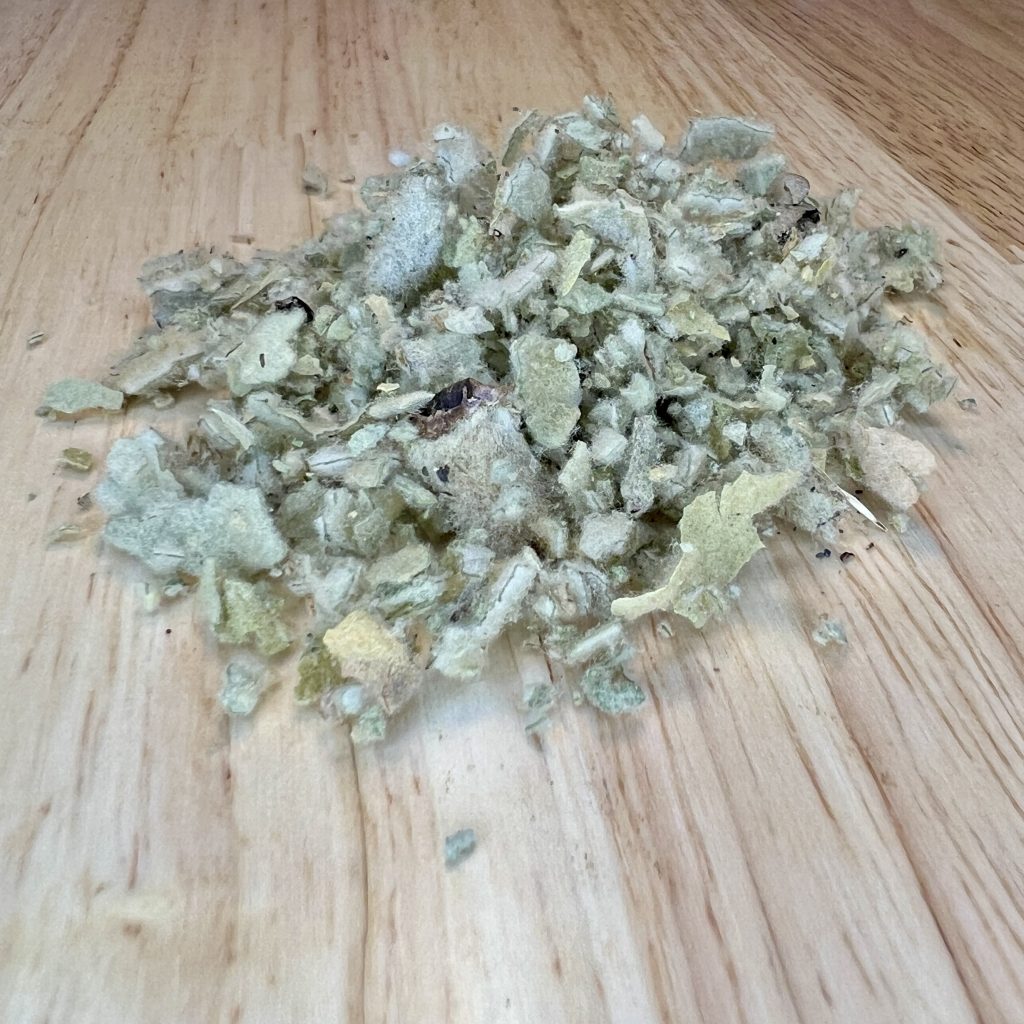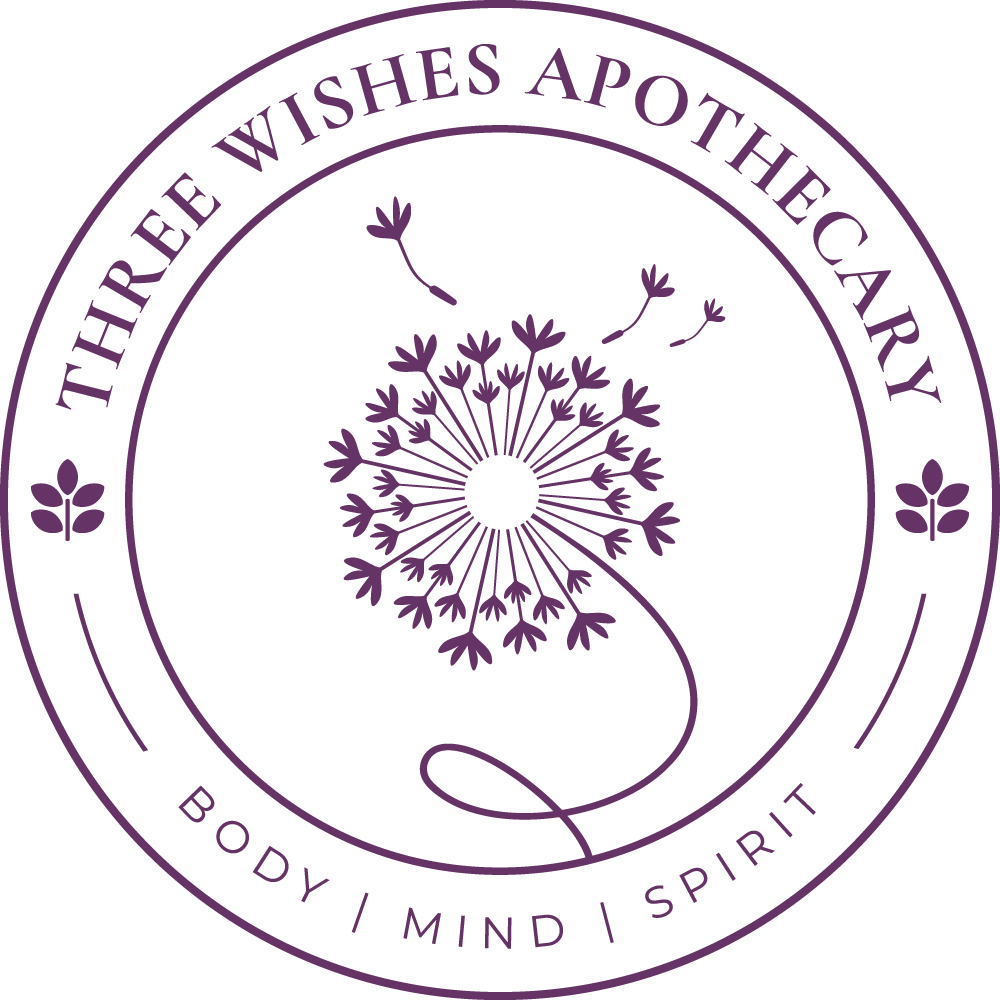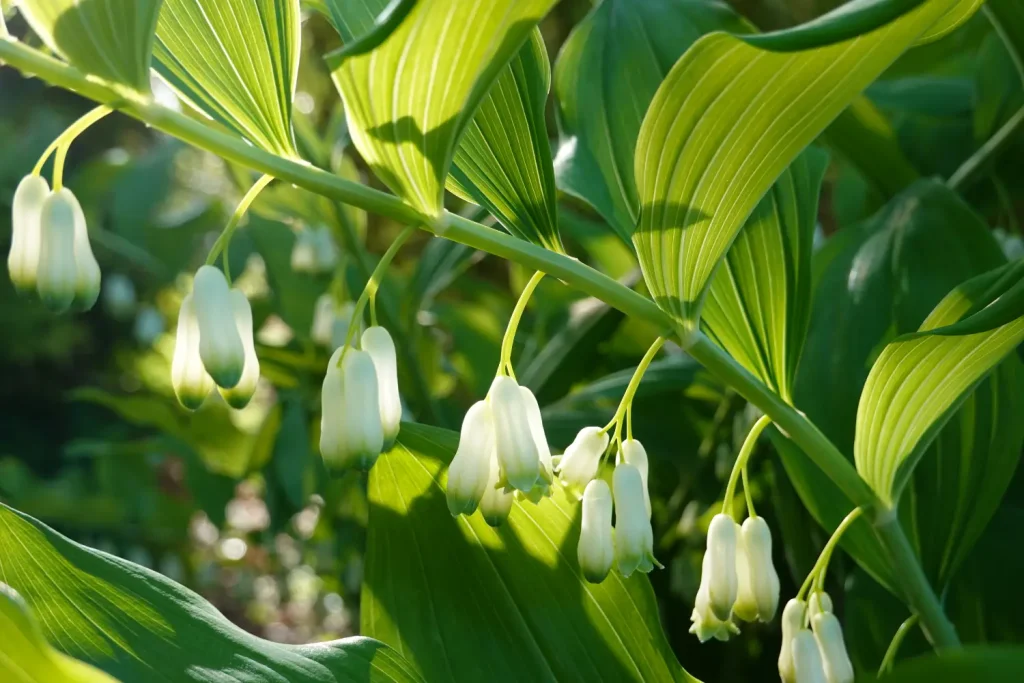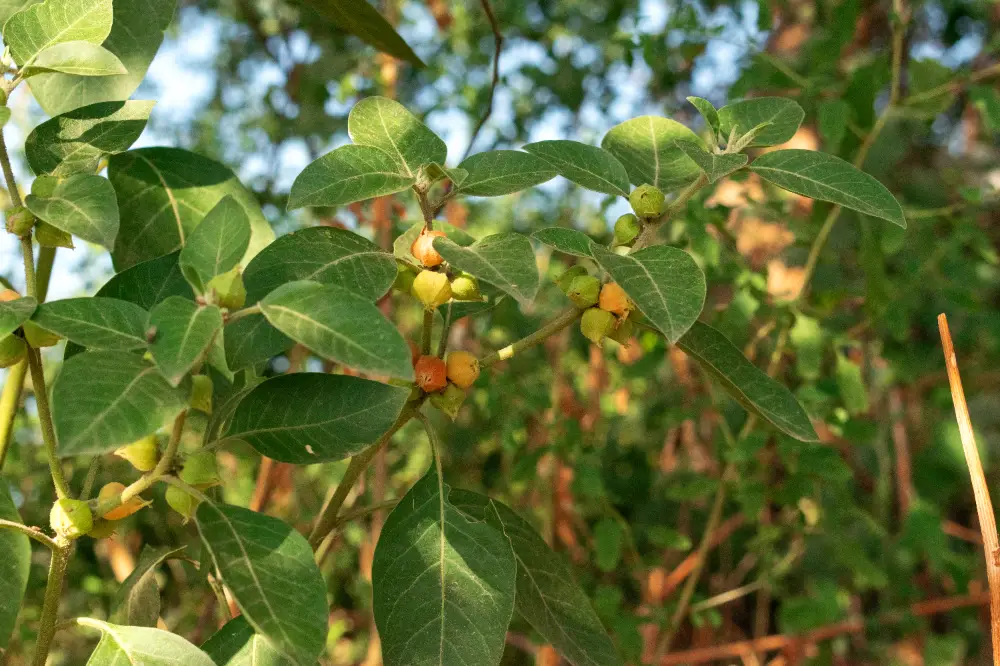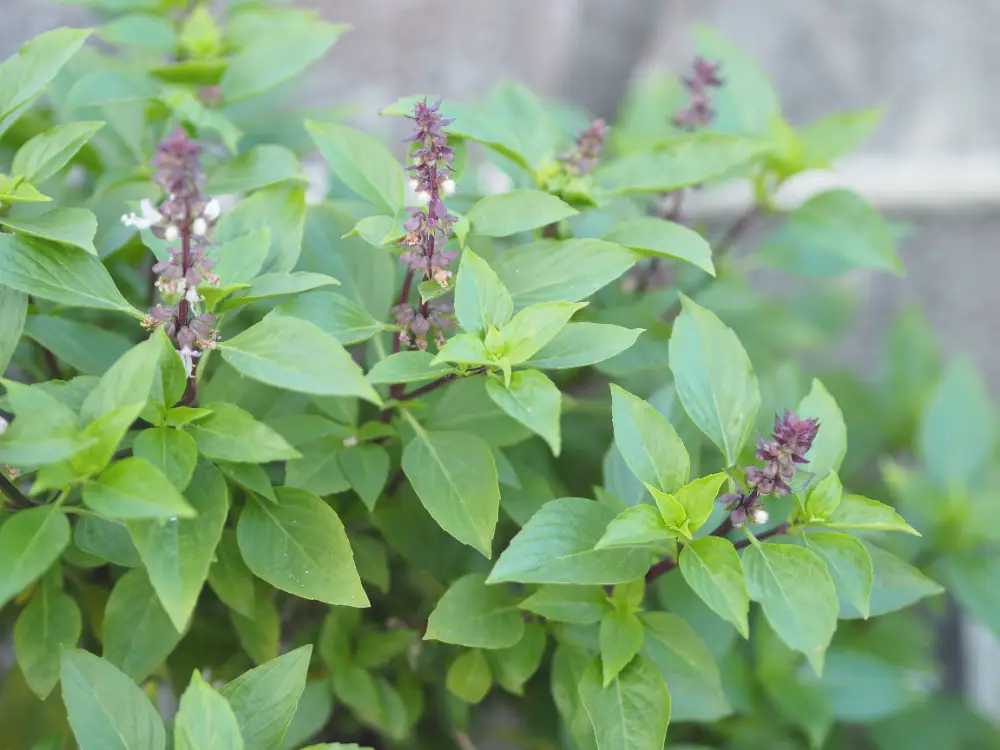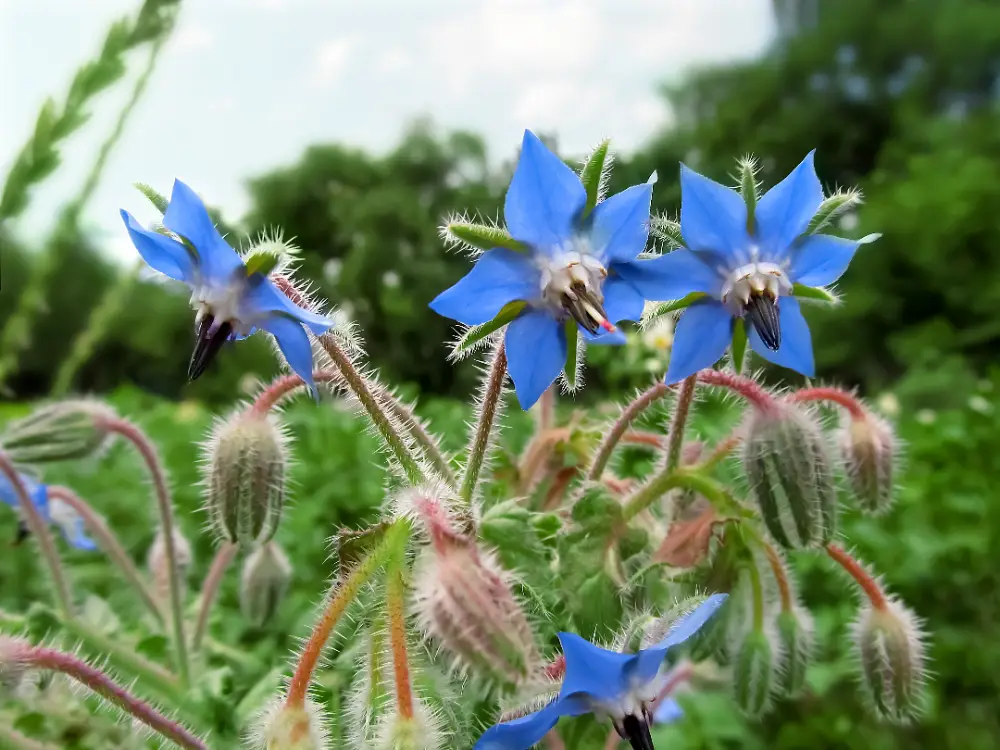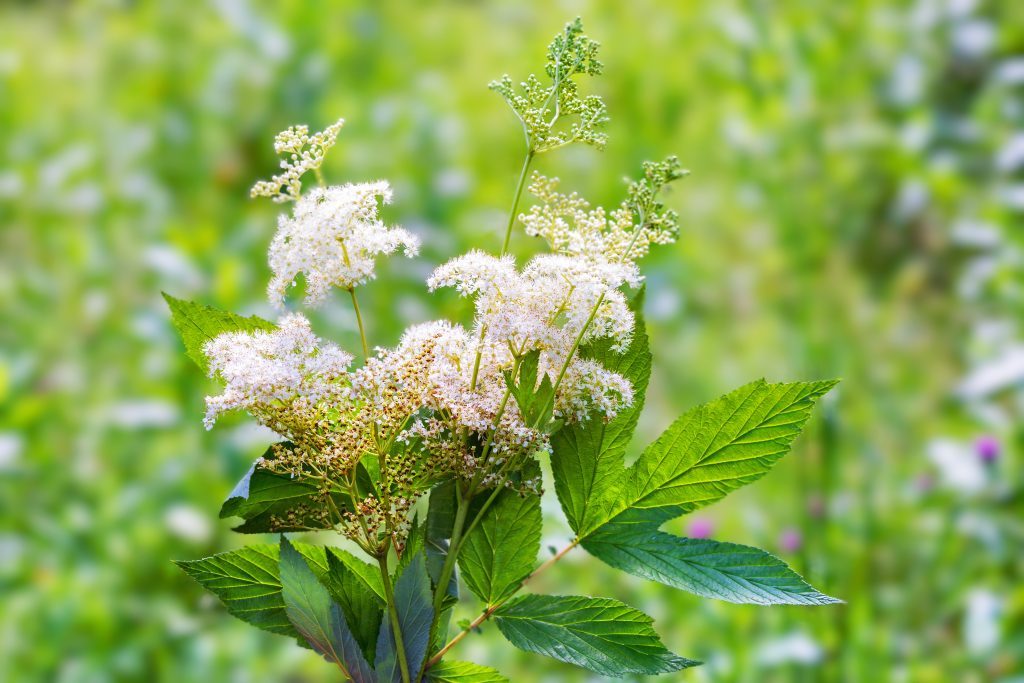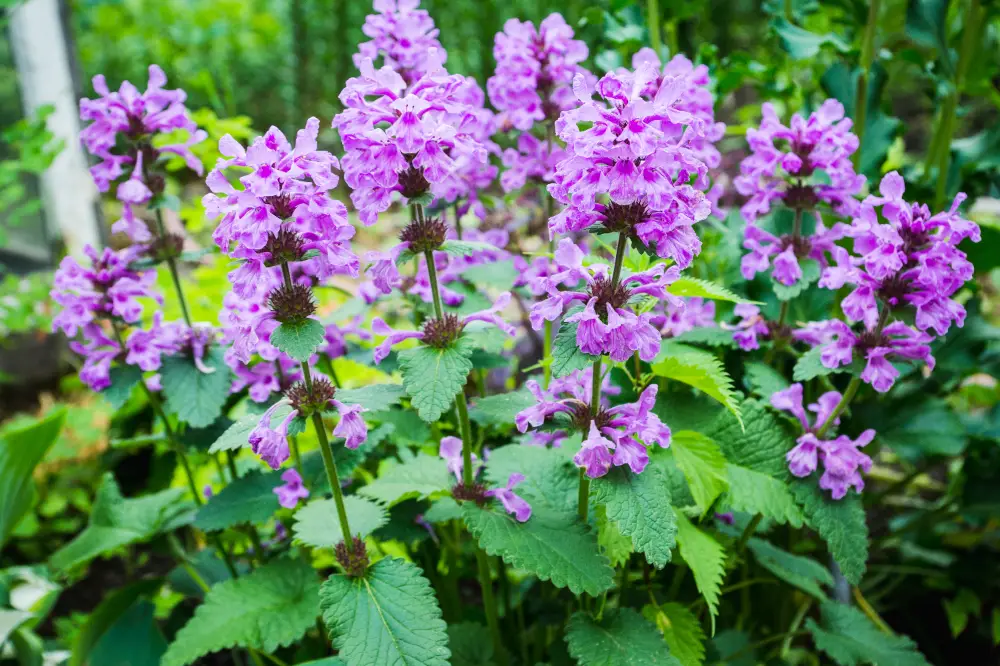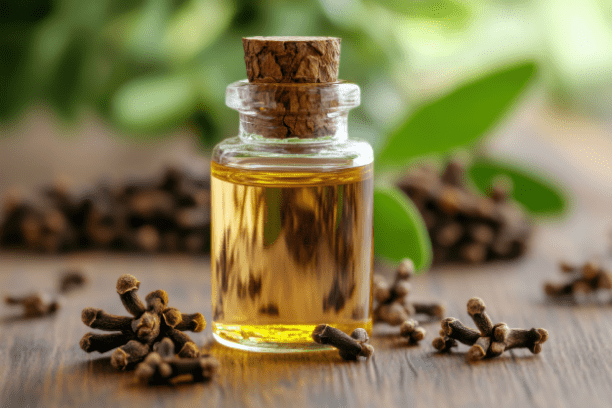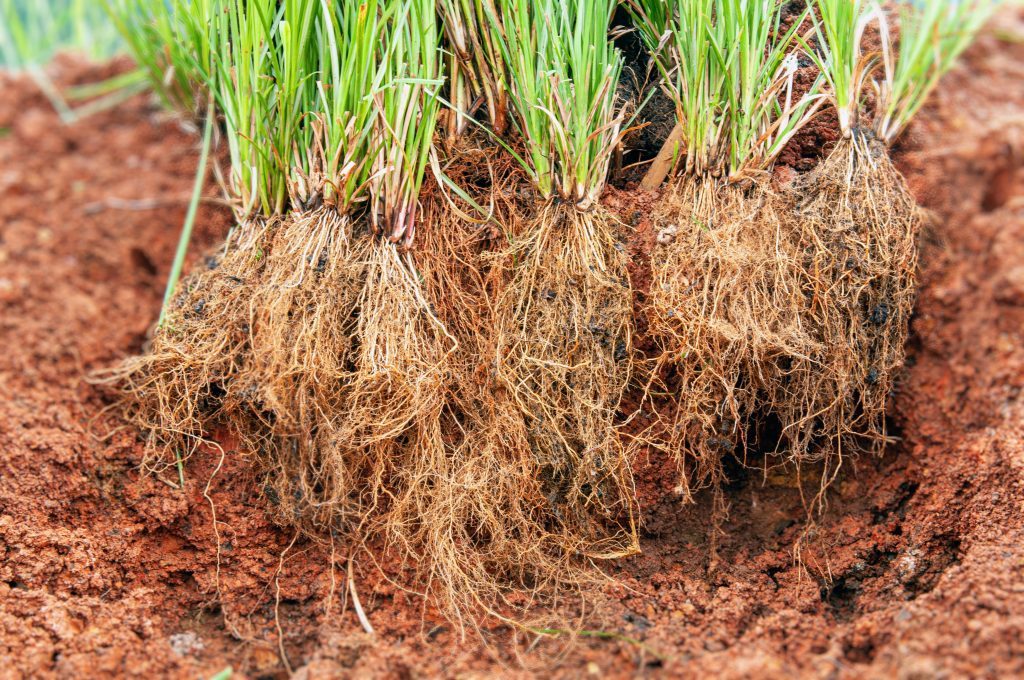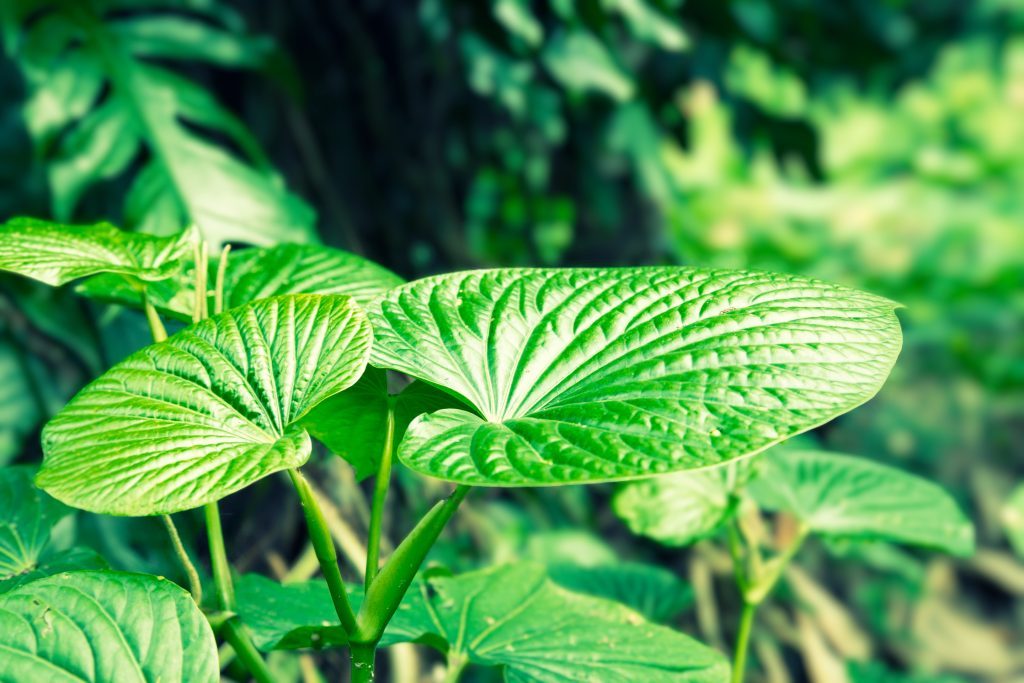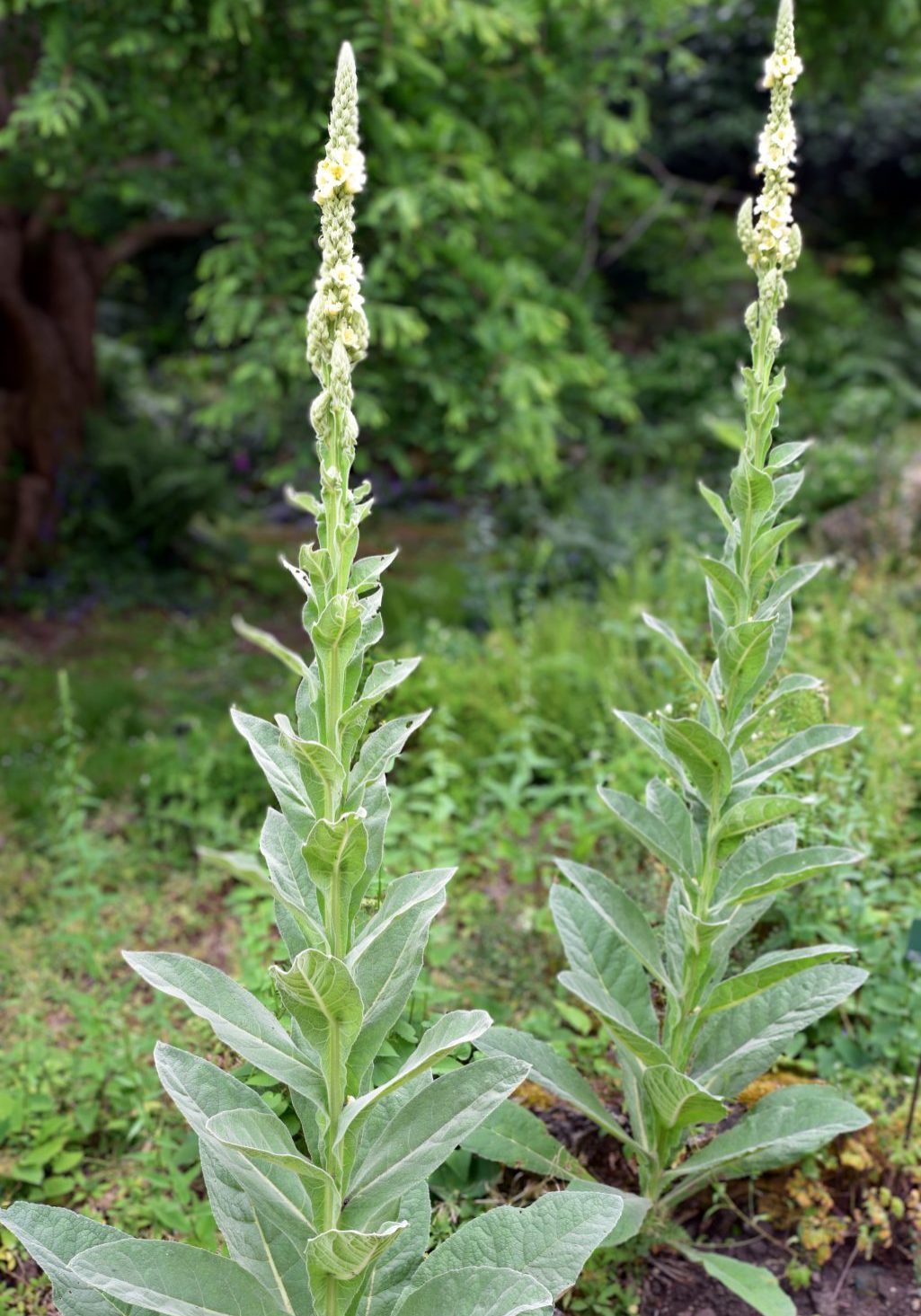
Mullein
Verbascum thapsus
Scrophulariaceae (Figwort family)
“Guardian of the Lungs and Soother of the Respiratory Tract.”
Other names:
Velvet Plant, Aaron’s Rod, Candlewick Plant, Great Mullein, Lungwort
Superpower
The ultimate lung guardian, clearing out coughs and keeping your airways happy!
Uses
Used for centuries in European and Native American medicine to treat respiratory ailments, including coughs, bronchitis, and asthma.
Applied topically in poultices for soothing skin irritations and minor burns.
Mullein flowers were used in herbal ear oils to relieve earaches and inflammation.
Current Uses:
-
- Mullein remains a popular remedy for coughs and respiratory congestion. Its expectorant properties help clear mucus from the lungs and ease breathing.
- Used in tinctures, teas, and syrups for soothing sore throats and promoting lung health.
- Mullein oil continues to be used in ear drops to relieve ear discomfort and reduce inflammation.
Cautions
Toxicity: Generally considered safe, but the tiny hairs on the leaves can cause throat irritation if not filtered out properly in teas or tinctures.
Contraindications: None known.
Interactions: There are no known interactions with medications.
Known Chemical Constituents
Saponins:
-
- Verbascosaponin: Contributes to mullein’s expectorant and anti-inflammatory properties.
Flavonoids:
-
- Luteolin, Apigenin, Acubin: Provide antioxidant support, reduce inflammation, and promote healing.
Iridoid Glycosides:
-
- Support anti-inflammatory and antimicrobial effects.
Mucilage & Polysaccharides:
-
- Provide soothing, demulcent effects, particularly for the respiratory system, helping to ease irritation and inflammation.
Volatile Oils:
-
- Found in the flowers, including Eucalyptol and Caryophyllene, which support respiratory health and promote clear airways.
Resin:
-
- Present in the flowers, contributing to mullein’s ability to soothe and protect the respiratory system.
Bitter Principles:
-
- Stimulate digestion and aid in moving stagnant energy.
Phenylethanoid & Lignan Glycosides:
-
- Verbascoside: Known for its antioxidant, anti-inflammatory, and antimicrobial properties.
Botanical Description
Habitat: Native to Europe and Asia, mullein thrives in dry, sunny locations such as fields, roadsides, and open meadows. It can adapt to poor, rocky soils but prefers well-drained areas.
Leaves: Large, soft, and velvety, forming a basal rosette in the first year and growing along the stem in the second year. They are light green with a fuzzy texture.
Stems: Erect, tall, and unbranched, growing up to 6 feet in height in the second year.
Flowers: Bright yellow, small, and arranged in dense spikes along the top of the stem. Blooming occurs from mid-summer to early autumn.
Roots: A taproot that anchors the plant and aids in drawing nutrients from deep within the soil.
Fun Facts
Mullein leaves were once used as wicks for candles, which is why it earned the nickname “Candlewick Plant.”
Harvest
Timing:
-
- Leaves: Best harvested in the first year when the plant is in the rosette stage.
- Flowers: Harvested in mid to late summer when they are fully open.
Method:
-
- Use scissors or pruners to carefully cut the leaves and flowers, avoiding the fine hairs on the leaves. Harvest on dry days to ensure proper drying without moisture.
Storage:
-
- Dry the leaves and flowers in a well-ventilated, shaded area. Once dried, store them in airtight containers away from direct sunlight and moisture. Dried parts of the plant are most effective within a year.
Preparations
Teas/Infusions: Used to soothe the respiratory system, relieve coughs, and clear mucus.
Tinctures: Taken to support lung health and reduce inflammation in the airways.
Poultices: Applied to the skin to soothe irritations, minor burns, or joint pain.
Ear Oil: Mullein flowers are infused in oil and used as ear drops to relieve earaches and reduce inflammation.
Sacred Rituals
Lung Cleansing Ritual: Burn dried mullein leaves as an incense in a ritual to clear the lungs and airways. As the smoke rises, envision the release of stagnant energy and the cleansing of your respiratory system.
Affirmations
“I breathe deeply, clearing my mind and body, and embrace the flow of life with clarity and ease.”
Spiritual Associations
Verbascum thapsus is often associated with protection and illumination. It is used in spiritual rituals for clearing negative energies and promoting clarity and light, making it a symbol of inner guidance and wisdom.
Functions
A substance or agent that reduces inflammation in the body, soothing irritation, swelling, or redness in tissues.
Antimicrobial
A substance or agent that inhibits the growth of or destroys microorganisms, including bacteria, viruses, fungi, and protozoa.
BronchitisAn inflammation of the bronchial tubes, which carry air to and from the lungs, resulting in coughing, mucus production, and difficulty breathing.
Cough ReliefRefers to interventions or substances that soothe the throat, reduce irritation, and help alleviate coughing, particularly when it becomes excessive or uncomfortable.
DemulcentA substance or agent that soothes and protects irritated or inflamed tissues by forming a protective film over mucous membranes.
Ear Infection TreatmentSubstances or agents that help alleviate pain, reduce inflammation, and combat infection in the ear, while supporting the healing process.
EmollientA substance or agent that softens, soothes, and moisturizes the skin or mucous membranes, often used to alleviate dryness, irritation, or inflammation.
Expectorant (clears mucus)Respiratory HealthRefers to the optimal functioning of the lungs and airways, enabling efficient breathing and the exchange of oxygen and carbon dioxide.
VulneraryA substance that promotes wound healing, helps repair damaged tissues, and aids in the recovery of cuts, scrapes, burns, or other skin injuries.

